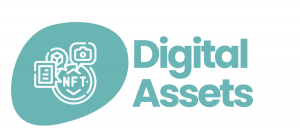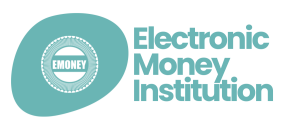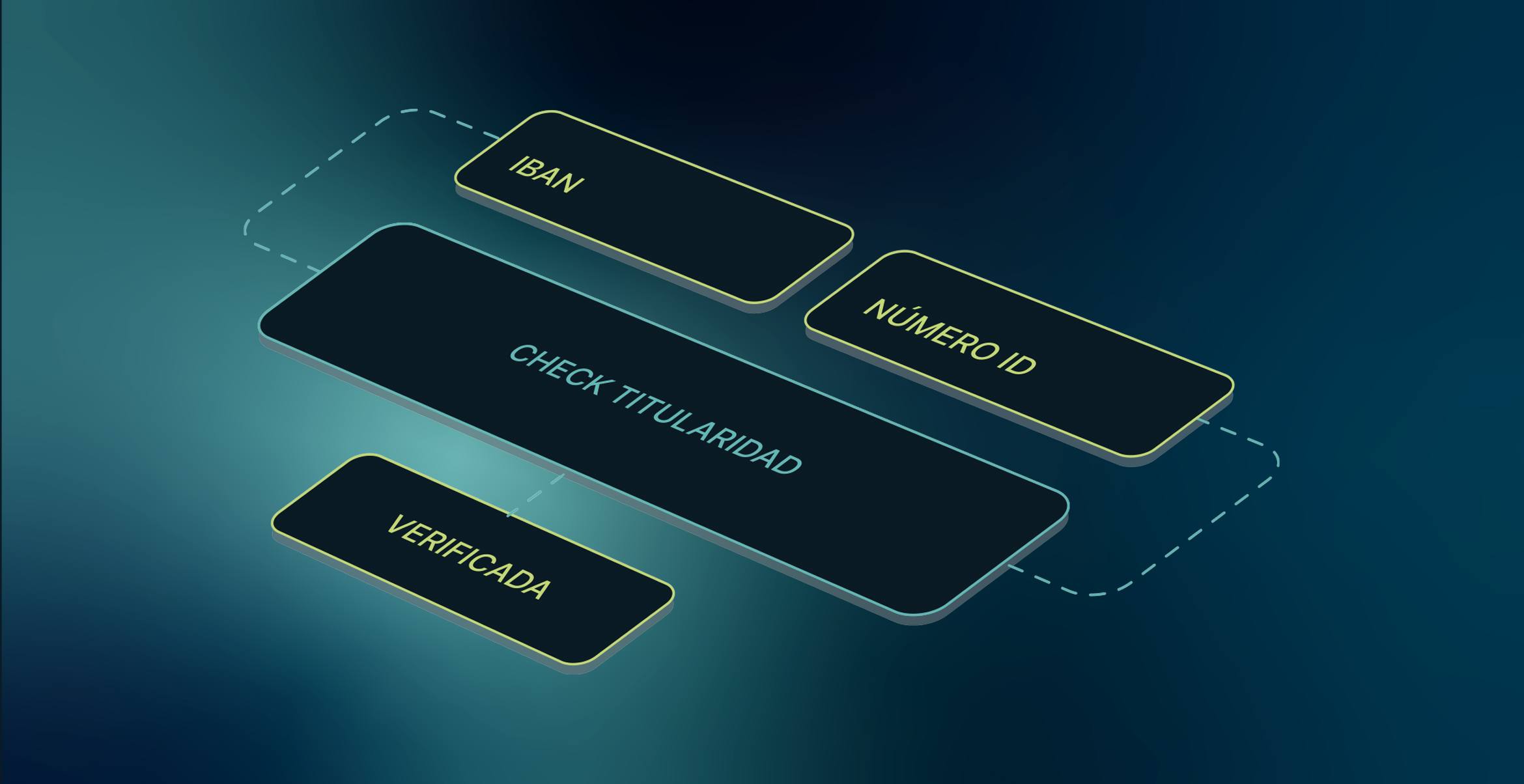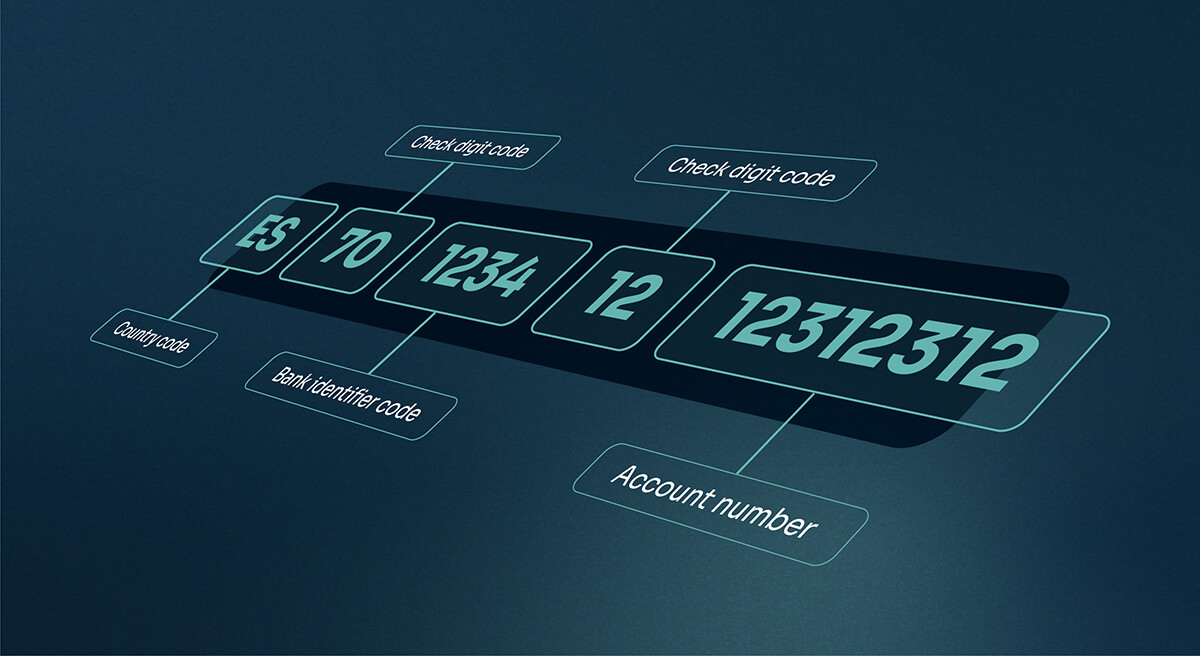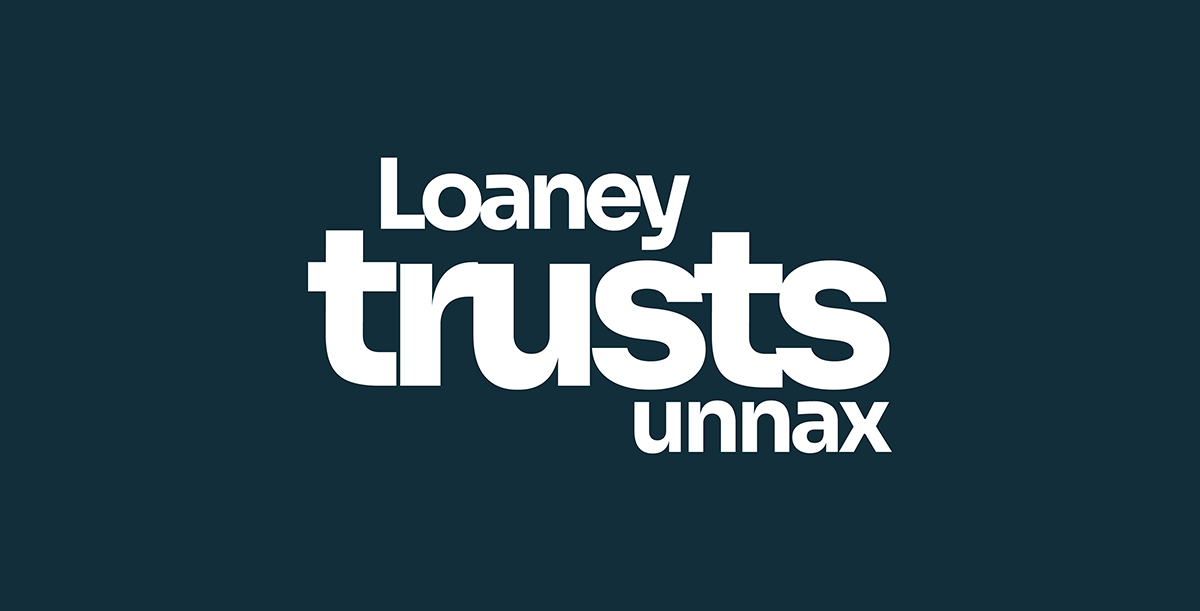Exchange, EMI, mining, fiat money; what does it all mean? We provide a breakdown of these terms and more in our cryptocurrency glossary.
Read straight through, or jump to the section you want to read:
- Anti-Money Laundering (AML)
- Blockchain
- Cryptocurrency
- Custody
- Digital Assets
- Electronic Money Institution (EMI)
- Exchange
- Fiat Money
- MiCa Regulations
- Mining
- Private/Public Keys
- Token
- Wallets (Hot/Cold)
Anti-money laundering (AML) refers to laws and regulations that aim to prevent anyone from using the financial system to launder money.
In the context of cryptocurrency, AML measures would require crypto platforms to verify customer identities, report suspicious activity and ensure only validated customers are onboarded. These measures apply to both fiat and cryptocurrency wallets are intended to stop fraudsters and opportunists from using cryptocurrency for illegal purposes.
The blockchain is a shared, immutable ledger that facilitates the process of recording transactions and tracking assets. After a predefined time, which depends on the type of blockchain, all submitted and verified transactions are grouped together to form a block. Each block on the blockchain includes a timestamp, transaction information and hash linking it to the previous block, which basically makes it impossible to retrospectively change past information. A network of nodes (computers) validates a block, and thus all transactions on it, before submitting it on the blockchain. As more blocks are added, a chain of connected blocks is formed, hence, the name blockchain.
A blockchain is more tamper-proof and hacker-proof the more nodes are on it. It is mostly used to timestamp documents, make transactions, prove ownership, or create smart contracts.
A cryptocurrency is a digital or virtual asset that uses cryptography to secure its transactions, control the creation of additional units, and verify the transfer of assets.
Cryptocurrencies like Bitcoin, for example, are decentralized. That means they are not subject to government or financial institution control. However, in many countries, there are regulations you need to keep in mind such as having to declare and pay taxes on capital gains you make with cryptocurrency trading. Nowadays, cryptocurrencies can be used to make big purchases, like cars and homes.
Custody implies taking full responsibility for something. In the context of cryptocurrency, it means safeguarding the private keys of a wallet. This can be done by either the owner of the wallet or a third party such as a custodian or exchange. Custody is a critical security measure because if someone else has access to your private keys, they can spend your coins.
Besides crypto custody, there is also fiat currency custody. In this context it’s about storing your fiat currency at a custodian (i.e. having an account on an exchange side) who should provide security and insurance to protect your assets. Only a few crypto platforms currently offer attractive fiat custody services, but that’s changing with time.
Digital assets are any type of online file that has value. This can include music files, videos, photos, and even website domain names. These assets have been challenging to sell or trade in the past because there was no way to verify their ownership.
Non-Fungible Tokens (NFTs) are digital assets that use blockchain technology to prove ownership. NFTs can represent anything from works of art to in-game items and are unique, meaning another asset cannot replace them.
An electronic money institution (EMI) is a type of financial institution that specializes in issuing electronic money. In the context of cryptocurrency, an EMI can help crypto platforms build the entire regulated infrastructure for identification, safeguarding fiat currency and the payment gateway.
Within the next year or two, crypto platforms will need an EMI license to operate a cryptocurrency business in Spain and the European Union, and the process for obtaining one can be long and complicated. Instead, many exchanges are choosing to partner up with existing EMIs, like Unnax.
A cryptocurrency exchange is a platform where users can buy, sell, or trade cryptocurrencies. By linking a bank account, valid credit card, or PayPal account, users can purchase cryptocurrencies with traditional fiat money at exchanges like Coinbase and Gemini. Users can also use swaps to convert one cryptocurrency into another.
Unlike the actual cryptocurrencies, exchanges are liable to government regulation. For example, in Spain, the government has issued several regulations for cryptocurrency exchanges.
Fiat money is any currency that the government or a central bank backs. They’re the traditional currencies you know such as dollars, euros, or pounds. In contrast, cryptocurrency is not backed by any government or financial institution. Instead, its value is derived from the trust of its users.
Both ecosystems are currently merging, as more and more businesses accept Bitcoin as a form of payment.
The Markets in Crypto-Assets Regulations (MiCA) are a set of rules proposed by the European Commission that will govern the cryptocurrency industry in the European Union.
The regulation is divided into three main pillars:
- Consumer protection
- Market integrity
- Financial stability
MiCa regulations were proposed in 2018 and should be implemented within the next year or two.
Mining is how new cryptocurrencies are created. Miners are rewarded with cryptocurrency for verifying and committing transactions to the blockchain. Mining requires special hardware and software and can be done solo or in a pool.
As more people buy into cryptocurrency, the difficulty of mining will continue increasing, unless a more sustainable solution is found.
Cryptocurrency wallets use two keys to secure their transactions: a public key and a private key. The public key is similar to a bank account number, and the private key resembles an ATM PIN code. The private key must be kept secret at all times, as revealing it to others gives them access to spend the coins stored in the corresponding wallet.
A token is a unit of value used to pay for goods or services within a particular ecosystem. For example, the Ethereum network uses Ether, a token, to pay for transactions and services on its blockchain.
Tokens can also be traded on cryptocurrency exchanges. They differ from coins in that they are not used as a form of payment but rather as a way to access certain blockchain features or represent assets.
Storing your keys is no laughing matter, and wallets provide the perfect solution. Wallets come in two flavors: hot wallets and cold wallets. A hot wallet is connected to the internet, while a cold wallet is not.
The advantage of a hot wallet is that it’s easy and convenient to use every day. The disadvantage is that if your computer or phone gets hacked, your coins are at risk. A cold wallet is much more secure.
 Here you can download our Crypto Glossary
Here you can download our Crypto Glossary
Whether you’re struggling to grow in light of new regulations, or are planning to launch a brand new crypto platform, Unnax can provide the infrastructure you need to build, grow and derisk in 2022 and beyond. Get in touch with our team today.





